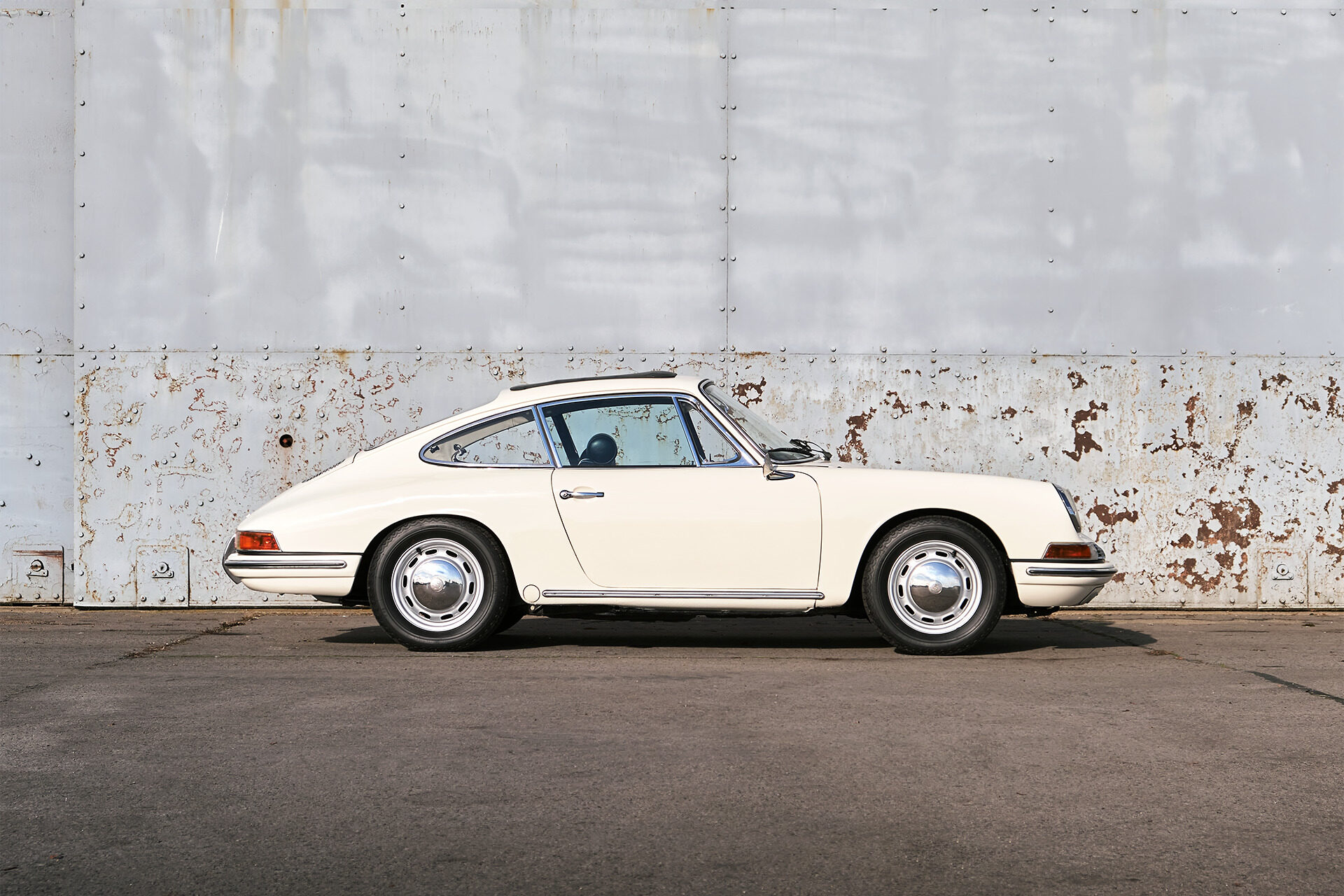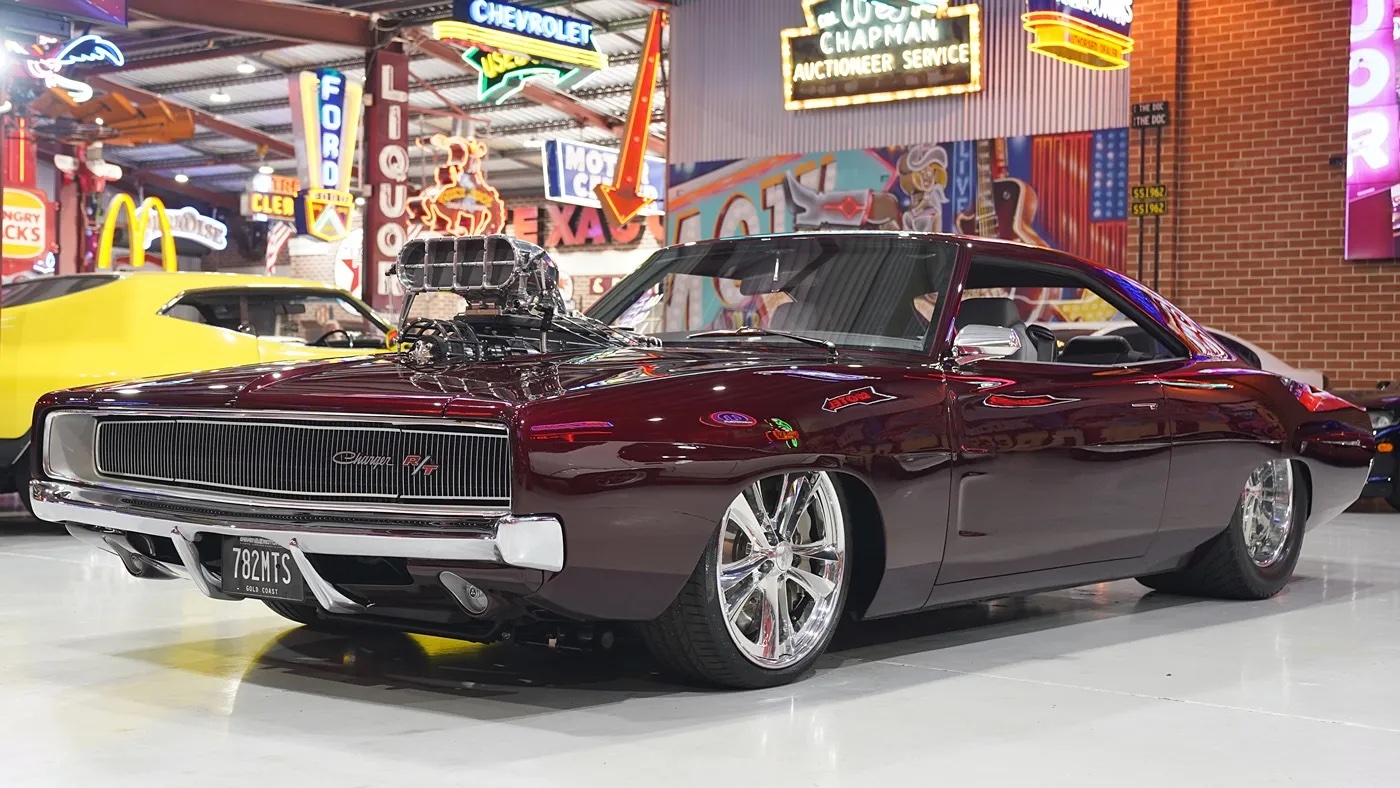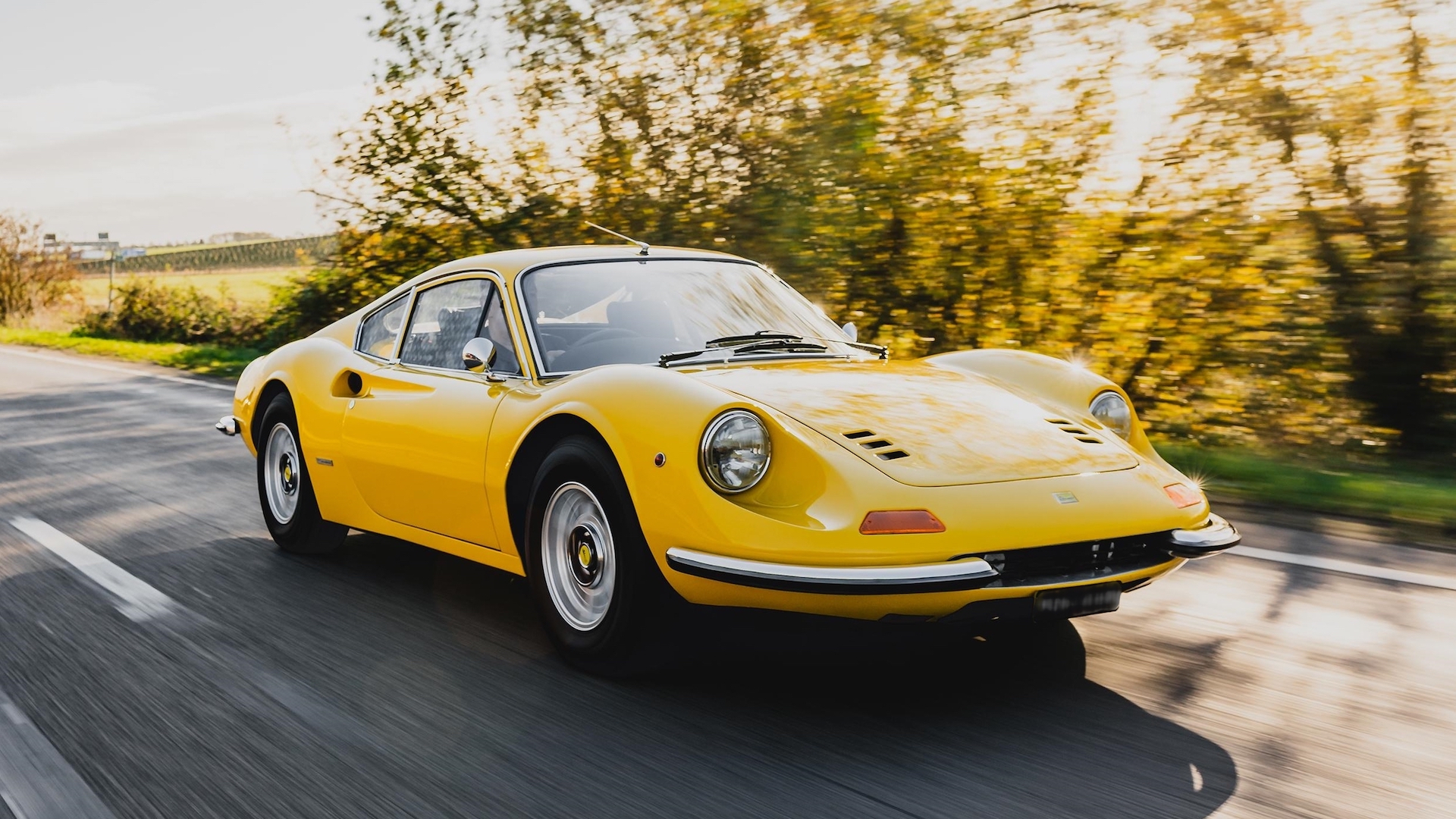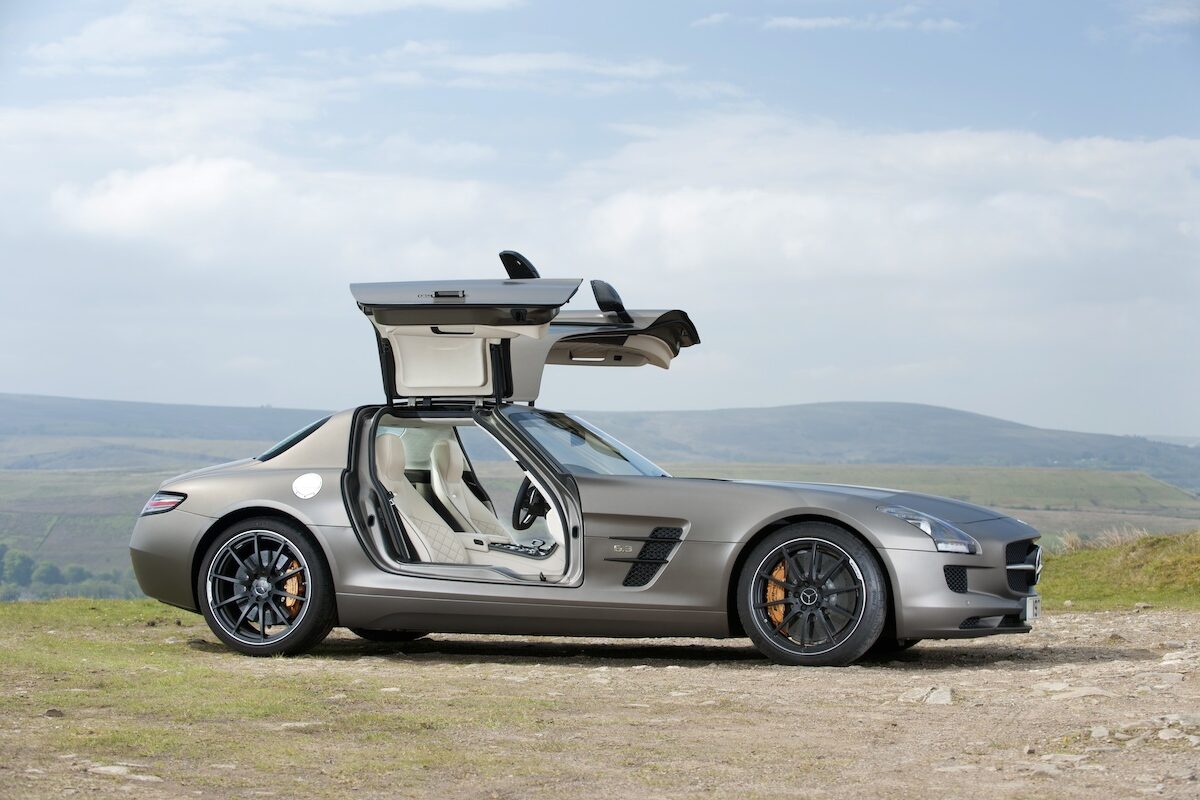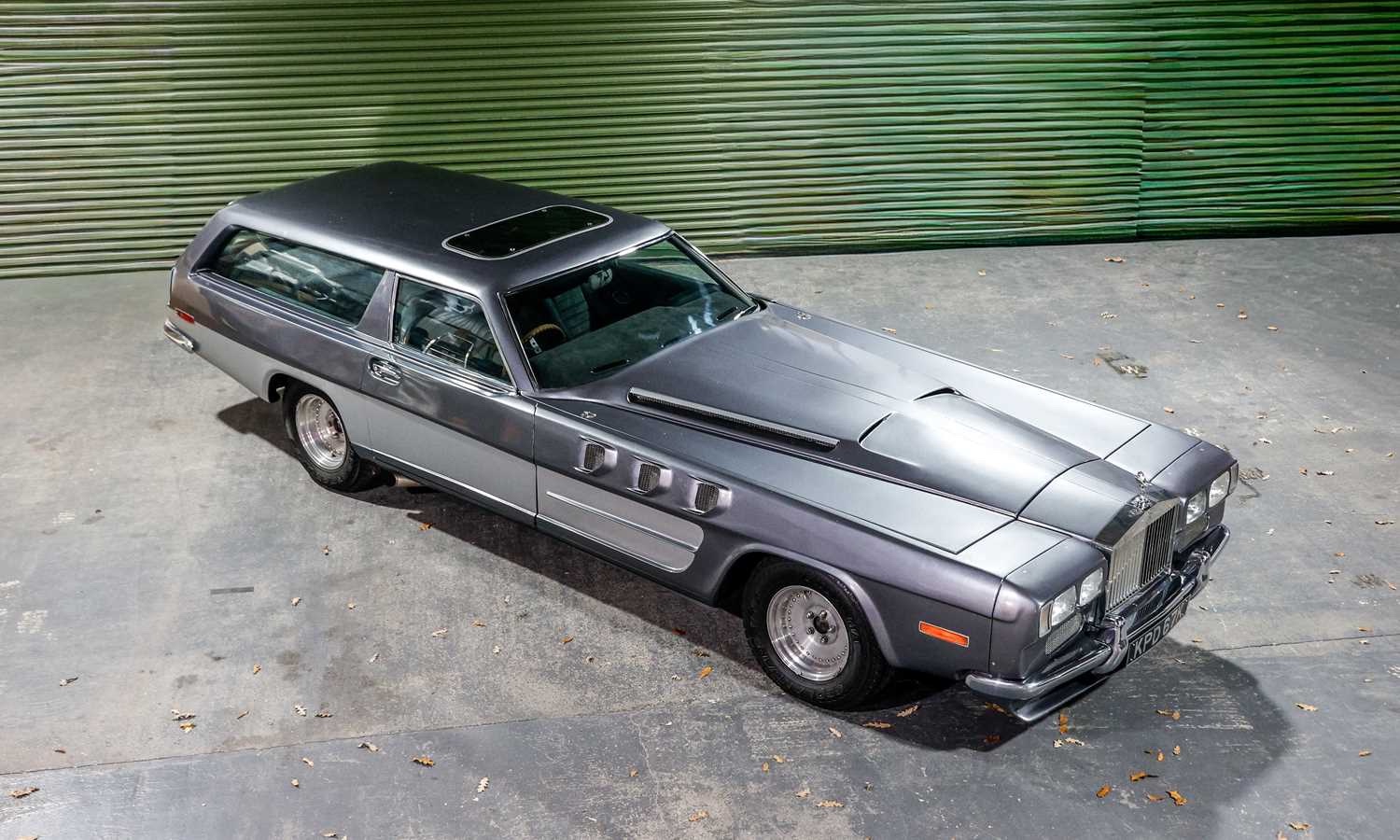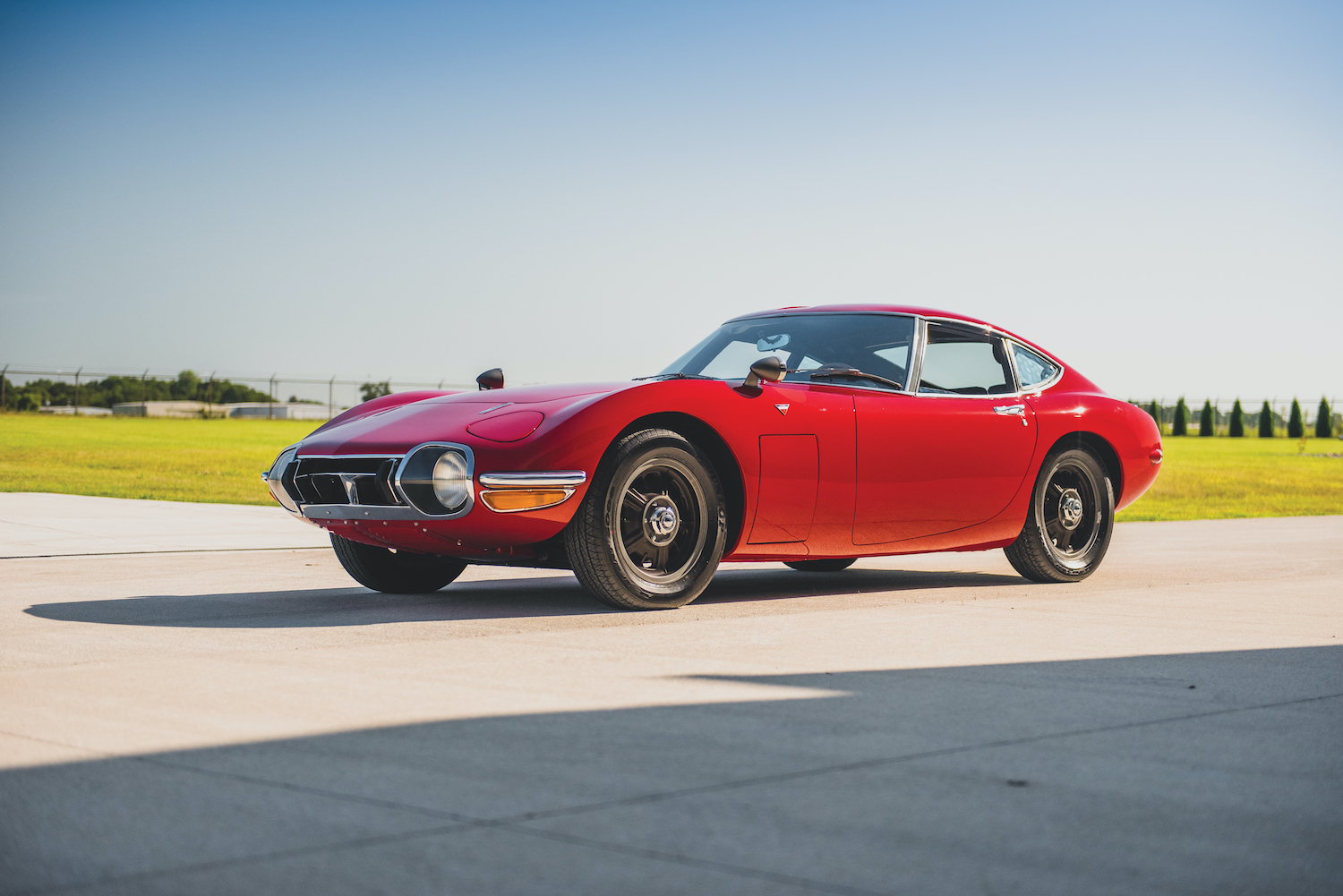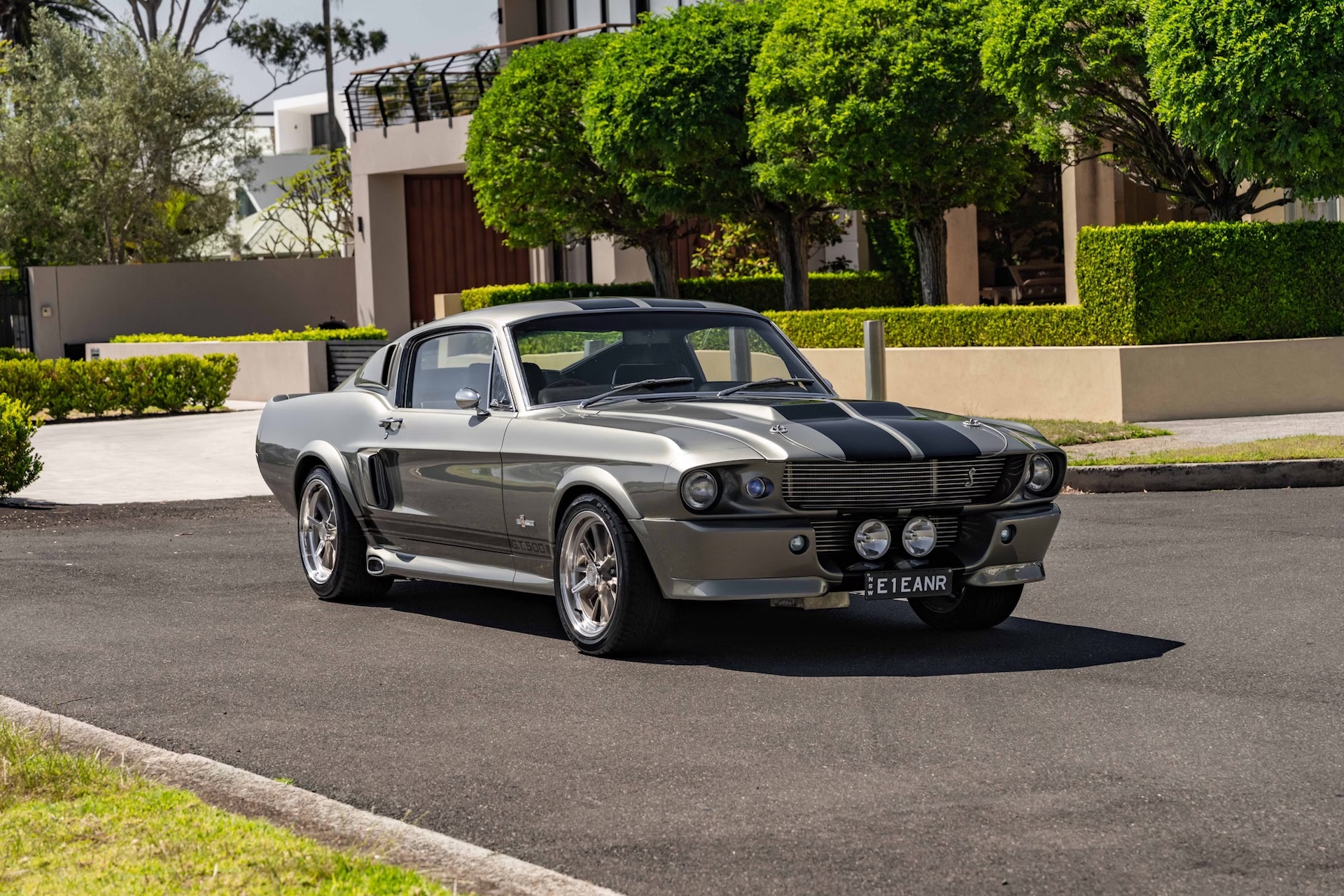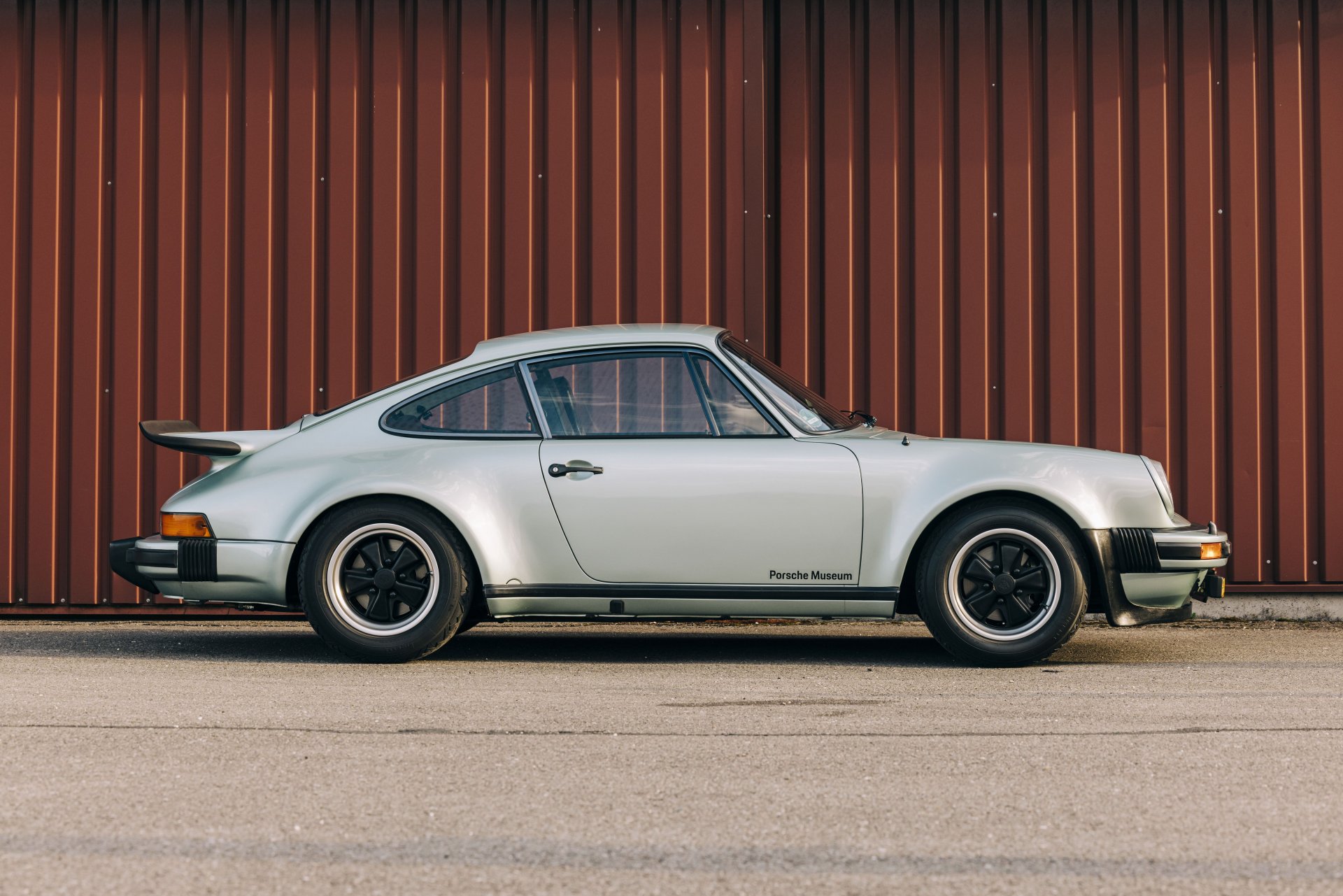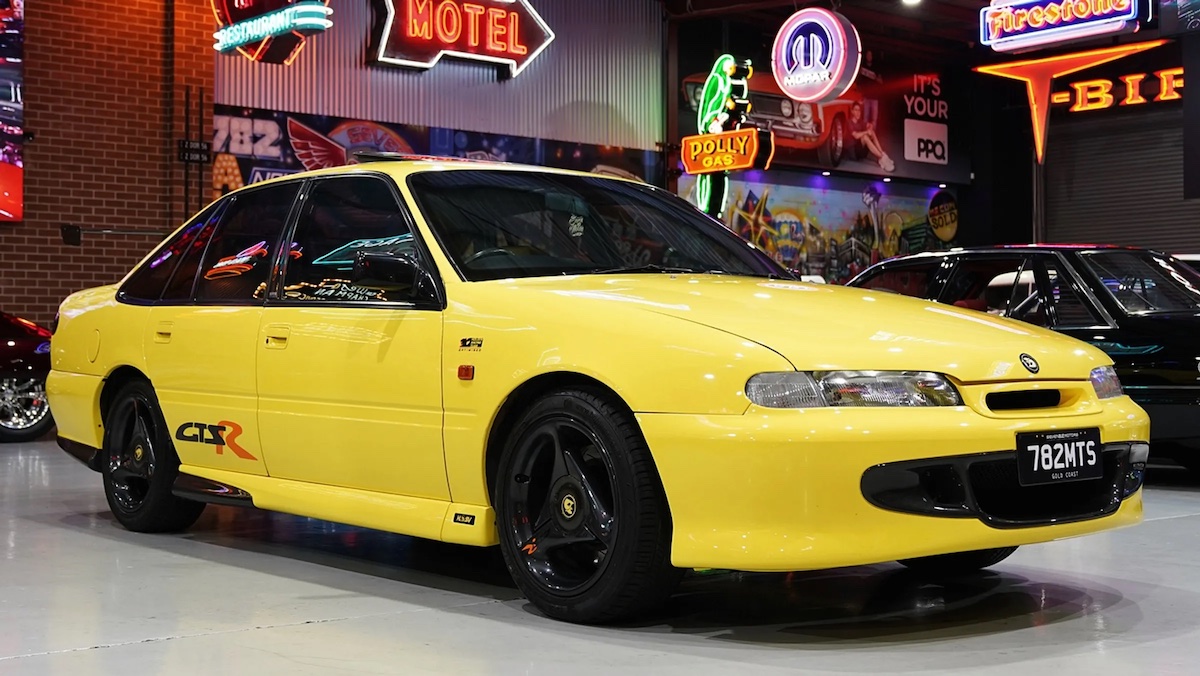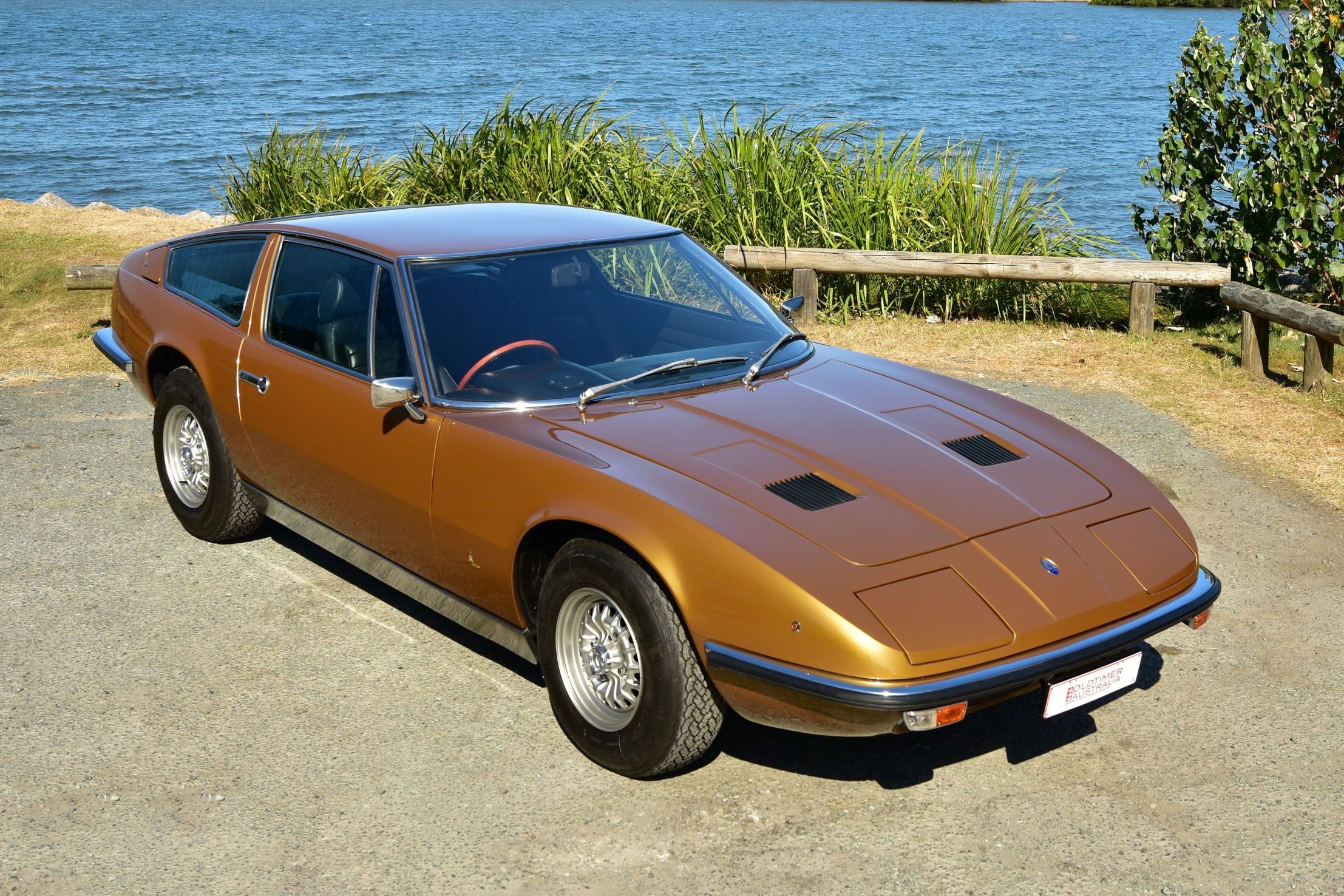Cliff Chambers
Writer & Head Valuer
At age 14, surrounded by stacks of motoring magazines from the local junk shop, Cliff Chambers was warned by a concerned mother that he would ‘Never get anywhere knowing a lot about old cars.’ Seventeen years later when his definitive book, Making Money From Collectable Cars was published, she was proud to be proven wrong.
That was in 1987, but Cliff’s life was already revolving around all things automotive. From working part time in a panel shop while at university, he moved to motor industry consultancy roles and managing a Championship winning rally team.
During the 1990s he joined the classic vehicle insurance industry, at the same time becoming a prolific writer for magazines and motoring websites. Then came his ongoing contribution as one of the country’s leading vehicle valuers.
Away from work, automotive events and objects remain prominent in Cliff’s world. He has owned more than 40 cars now considered ‘classic’ and within his collection of motor-related items there remain some of those magazines acquired as a fact hungry teen.
Cliff brings to Retro Rides a blend of unique industry skills and a love of vehicles that will become more obvious with every contribution he makes to the site.
Latest articles
Reading between the lines of reviews written about the Porsche 912 when new, there seemed to be two possible reasons…
If you wanted to sell a special car or add something significant to your automotive collection, Queensland was the place…
Like any kind of folklore, the stuff of automotive legend can take on a life of its own over time,…
If you own a Mercedes-Benz SLS then you likely know already the significance of your choice. These cars sit at…
Perhaps at some point in the distant past you heard about a Rolls-Royce that was powered by a massive aero…
Designed to compete with European sports cars and prove that Japan could produce a high-performance vehicle of equal or greater…
If you were logged into the live auction feed from Burns & Co on the evening of November 11, you…
If your sports car was based on a design from the 1930s with its engine mounted behind the line of…
Gold Coast-based retailer and auction host Seven82 Motors has been turning in big numbers at recent sales and the event…
For car-loving country kids in the 1960s and ’70s, a trip to the Big City offered the chance to stare…

